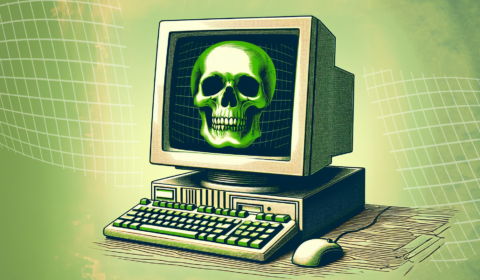‘We saw a long-anticipated moment for a character people love, and had a good feeling it’d be an identity-affirming surprise for fans around the world,’ said Irwin.
But despite the positive response, Velma has been trying to come out of the closet for years.
Of the numerous show-runners who have picked up the Scooby-Doo baton since the show’s launch in 1969, many have tried to demystify Velma’s sexuality.
James Gunn, who sat at the show’s helm in the early 2000s, admitted he struggled to portray Velma as an out-and-proud lesbian due to studio pushback.
‘I tried!’ Gunn said in 2020. ‘Velma was explicitly gay in my initial script. But the studio kept watering it down, becoming ambiguous’. In Gunn’s movie sequel, Velma was eventually given a boyfriend.
The outpouring of joy from LGBTQ+ fans is bitter sweet. As Julie Bindel – a gay woman and long-time Velma fan – described her own excitement at the news, she used a viral tweet as evidence that lesbian representation is still piece-meal.
Fans were hardly shocked at Velma’s new crush – the villain Coco Diablo. Bindel recalls her own teenage relationship with the character fondly, stating the Velma helped her to feel represented as a young lesbian.
‘I loved the fact that she wore baggy jumpers and defied femininity. She also shared my view of the world: getting exasperated with the boys, being cleverer than them, and showing how girls do not have to adhere to stereotypes of femininity and passiveness.’
But the memories are bittersweet, too. ‘At that time, there were hardly any real-life lesbian role models for us; Velma was the closest we got’.
By making her character explicitly queer, Scooby-Doo writers are not only rewarding long-term fans of the series. Velma’s openly queer identity is a turning point for children’s TV.
The sweet scene in which Velma first meets Diablo, crushes on her, and then later admits her feelings to Daphne, haven’t gone viral because the news of a famous cartoon character’s sexuality is ground-breaking (which it is, of course).
It’s important that young people see queer representation in their favourite shows, and not just in LGBTQ+ focused programming. Diversity needs to be normalised in mainstream television and movies, too.
The deep blush, steamed glasses, and fumbling response Velma has to her new crush are all familiar feelings most have had before, regardless of how we identify. That’s what makes the scenes so special.




















